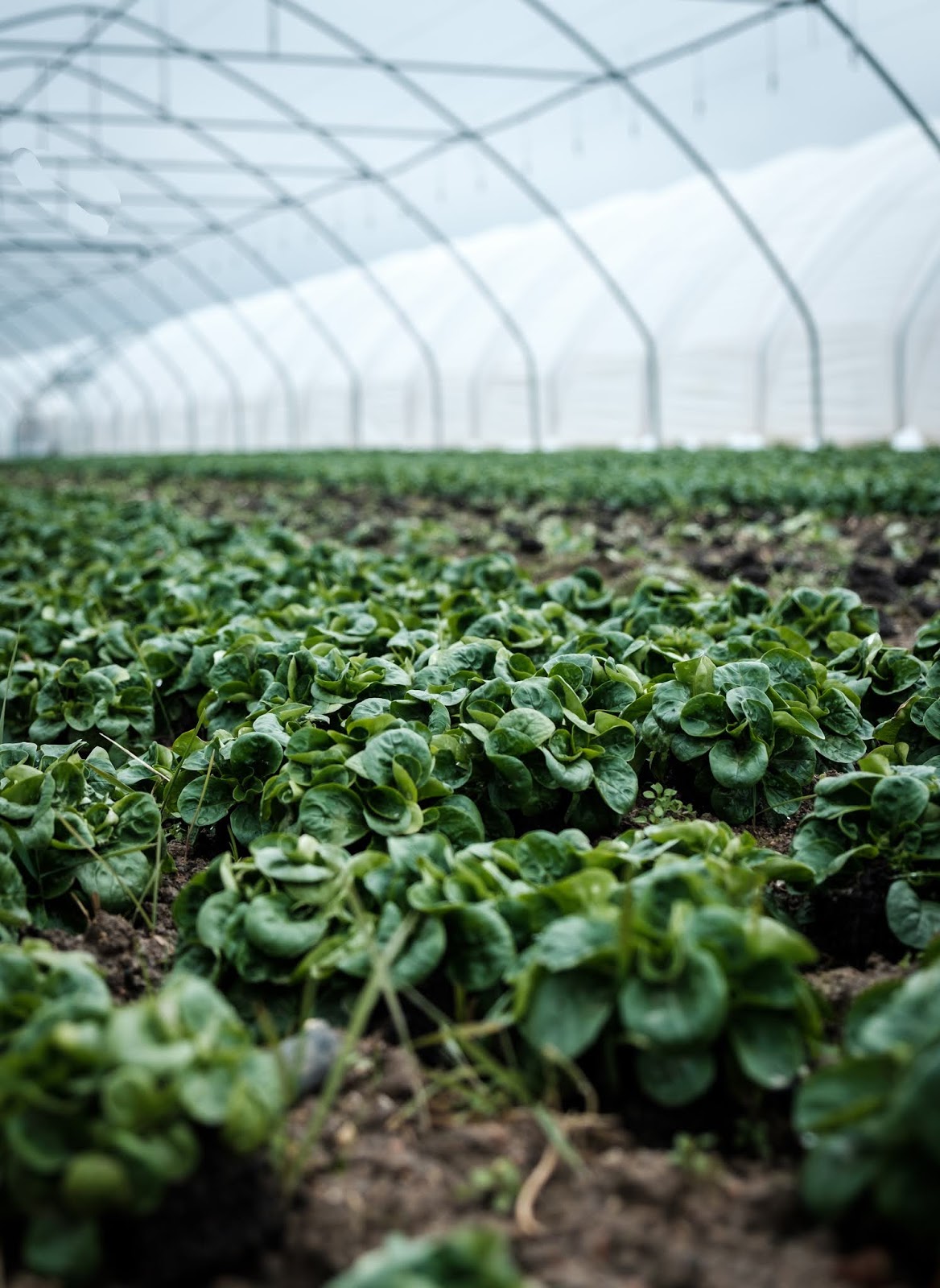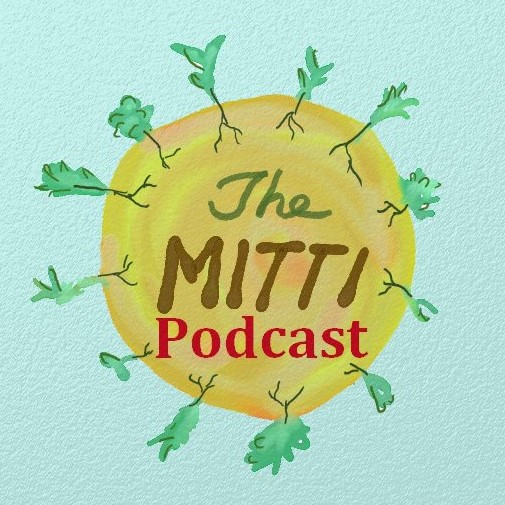Lost in Supply Chain: Not enough Food ?
 |
| Photo by Radoslaw Prekurat on Unsplash |
The Mitti Collective is passionate about agroecology, community and the art of growing food sustainably to feed the world’s hungry. When we engage in discussions with people equally passionate about food security, we often encounter people working for the same cause, but holding very opposing views.
Techno-centricity
What is sustainable and what is not is often misleading when it comes to agriculture. Organic and other regenerative methods would look like the obvious solution from a practical point of view, but what is intuitively practical is debated against with conventional chemical farming in addition to techno-centric solutions that are, instead, considered sustainable.
The argument surrounding food security often sees, neo-Malthusian justifications, that perceive growing populations as a problem and technology as a solution. This often overlooks other responses to food security which are not technology-based, such as social responses to challenges of food security. While technology has surely contributed to food security and prosperity, a techno-centric narrative also diverts attention from ideas such as, 'the degrowth paradigm', which would see the existing economic structures as the primary reason for food insecurity and environmental degradation.
We need to grow enough food for the world’s hungry
None of the current studies supporting conventional chemical intensive agriculture address the real cause of global hunger. In this regard, An article published in 2012 in the journal of sustainable agriculture, ‘We already grow enough food for 10 billion people…. And still can’t end hunger’ says that hunger is caused by poverty and inequality, not scarcity. For the last couple of decades the rate of global food production has increased faster than the rate of global population growth and according to the Food and Agriculture Organization (FAO) of the United Nations, the world produces more than 1 ½ times enough food to feed everyone on the planet. In a rough estimation we created ourselves, we interpreted that the food lost and wasted yearly can feed twice the number of hungry people reported by the FAO for 2018. The upcoming infographic will shed light on these figures in more detail.
Newer studies furthermore reveal how much smaller the yield gap between organic and conventional farming is compared to what the critics have assumed. A major study carried out in Africa by the United Nations Development Program concludes that organic methods have lowered costs and provide more economic benefits to farming communities compared to conventional agriculture.
For the 1.5 billion subsistence farmers working small plots - producing around half of the world's food - mono-culture of any kind has proven to be unsustainable. Noncommercial poly-cultures provide balanced diets, reduce risk, and thrive without agrochemicals, in addition rich crop diversity also conserve soil and water.
Sustainable agriculture practices tend to be small scale and the current scenario of growing world hunger seldom works in the favour of them, as economists have often enthusiastically predicted their demise, and saw them as an obstacle to be overcome in favour of economic development.
In his paper published in 2000, ‘The Multiple Functions and Benefits of Small Farm Agriculture in the Context of Global Trade Negotiations’, Dr. Peter Rosset challenges the conventional wisdom that small scale farms are backwards and unproductive. He mentions that, small scale farms embody a varied farm structure that contribute to biodiversity because of better management of natural resources and wildlife. Communities are empowered through equitable economic opportunity as a result of decentralized land ownership. Family farms also form a nurturing atmosphere for children to grow up and acquire values, facilitating transmission of farming skills from one generation to another. In addition, farmer markets and other direct marketing strategies for small scale farmers help connect consumers with the people growing food, thus encouraging an appreciation for food and its source.
In his paper published in 2000, ‘The Multiple Functions and Benefits of Small Farm Agriculture in the Context of Global Trade Negotiations’, Dr. Peter Rosset challenges the conventional wisdom that small scale farms are backwards and unproductive. He mentions that, small scale farms embody a varied farm structure that contribute to biodiversity because of better management of natural resources and wildlife. Communities are empowered through equitable economic opportunity as a result of decentralized land ownership. Family farms also form a nurturing atmosphere for children to grow up and acquire values, facilitating transmission of farming skills from one generation to another. In addition, farmer markets and other direct marketing strategies for small scale farmers help connect consumers with the people growing food, thus encouraging an appreciation for food and its source.
Taking into account the fact that besides production, farm resources also generate wealth for overall improvement of rural life leading to circulation of income within towns surrounded by family farms. Economies of scale on the other hand prefer mechanization of agriculture resulting in lesser employment of people, adoption of mono-culture and dependency on agrochemicals at the cost of deterioration of natural resources.
Food loss, food waste and livestock farming
In reality, most of the industrially produced grain crop goes to bio-fuels and animal feed rather than feeding the nearly one billion hungry. The call for double food production applies if we continue to prioritize the population of livestock and automobiles over hungry people. Nevertheless, the diversion in food supply to feed cattle and livestock, although regarded as an economic loss, does not contribute to the figures of loss or waste, and mind you these two terms are not synonymous.
Food loss, as defined by FAO's report State of Food and Agriculture 2019, is the discarded portion of produce starting from loss of harvest due to on-farm inefficiencies all the way until reaching retailers. From the point of retail sale to the end of the supply chain, which is basically consumers' households, food that simply does not end up being eaten is called food waste. In developing countries, post-harvest losses are higher due to inadequate infrastructure, processing or transportation. In developed countries on the other hand, food waste from retail trader and consumers is higher due to voluntary aesthetic standards, relatively cheap prices and the tendency to over-buy.
It is interesting how there is a dissociation between both notions, de-personifying the supply
chain inefficiency from on-farm to retailer level. This sounds as if
the food being lost throughout the supply chain from processing to
transport to wholesale is taken for granted as inevitable, with the
responsibility of such food loss confused in the terminology. Whereas on
the other side, food waste is particularly hanging on the shoulders of
retailers and consumers.
Both food loss and waste cost the food supply chain a decent amount of money, not to mention the heavy environmental and social impacts associated. The following infographic is only the tip of the iceberg when it comes to facts and figures about food loss, waste and insecurity.
If you are interested in more visual presentations of the amount of food lost and wasted worldwide, we strongly recommend The Guardian's visual guide on the subject. It may come to the mind to question the figures presented as not up to date, but in fact despite the graveness of the problem, precise data of how much food loss and waste is rid by the world is yet to be confirmed by the FAO and its affiliates.
However, it can be observed time and again, that the problem is the solution. The answer is not doubling production, optimizing supply chains with no restrictions on imports or taxes on food loss and waste . The reason is that neither the amount of production nor the efficiency of the supply chain are the problem. Extensive distribution with fruits crossing oceans and grains traveling highways is the problem; one that leads rural communities of small-scale farmers aspire to mono-culture for short-term profit, which consequently disrupts their social structure and their regional biodiversity. Economic development wants to continue with ferocious GDP-growth appetite, disrupting the natural cycle of local decentralized food supply and demand. This only comes at the expense of environmental damage, resource waste, and yet a growing global hunger.





